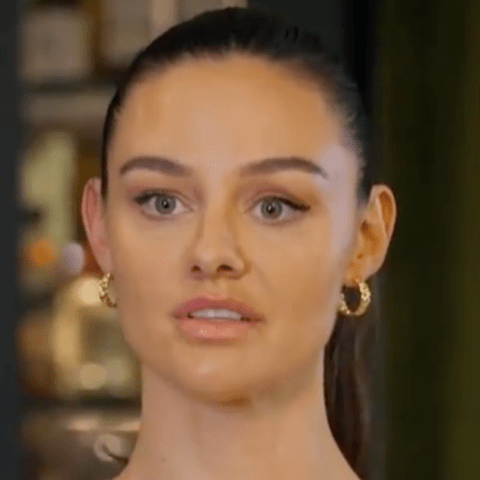Fifty years after their wedding and over forty years of exploring ancient civilizations, Arlen and Diane Chase, both archeologists from the University of Houston, made an exciting discovery in Belize.
They found the tomb of Te K’ab Chaak, the first ruler of the Maya city of Caracol. This ruler started a royal dynasty that lasted more than 460 years. The discovery highlights connections between Caracol and Teotihuacan, a ceremonial center in central Mexico, located about 750 miles away.
Arlen Chase shared insights about their findings: “Both central Mexico and the Maya area were clearly aware of each other’s rituals, as seen in the Caracol cremation. These insights suggest that early kings in the Maya region were involved in diplomatic relations with Teotihuacan.”
This tomb is significant—it’s the first clear ruler’s tomb found in Caracol in over forty years of work. The Chases estimate Te K’ab Chaak was advanced in age when he died, standing about 5’7” tall with no remaining teeth. His burial included not just his remains but also jewelry, a mosaic mask, pottery, shells, and carved bone tubes. The imagery in the tomb depicts both a Maya trader god and a ruler with a spear.
Research at Caracol suggests that Te K’ab Chaak’s tomb is part of a series of important burials from around the year 350. This period marks early interactions between Caracol and Teotihuacan, with connections occurring earlier than previously thought. Walking between the two places would take roughly 153 days, or more than 23 hours by car.
Diane Chase expressed a common question among Maya archaeologists: “Did Mexican influence from Teotihuacan bring about a new political order in the Maya area?” This inquiry has puzzled researchers since the 1960s.
The Chases, along with Belize’s Institute of Archeology, have worked tirelessly on this project, supported by various organizations including the Alphawood Foundation and the Geraldine and Emery Ford Foundation. They will present their discoveries at a conference in New Mexico this August.
This tomb not only sheds light on the connections between ancient civilizations but also emphasizes how much we are still learning about our past. The Chases’ work reminds us that history is often a complex web of relationships that shape cultures over time.
For further reading, see more details from the University of Houston.
Source link
Education,Education News,Houston,Local,News





















